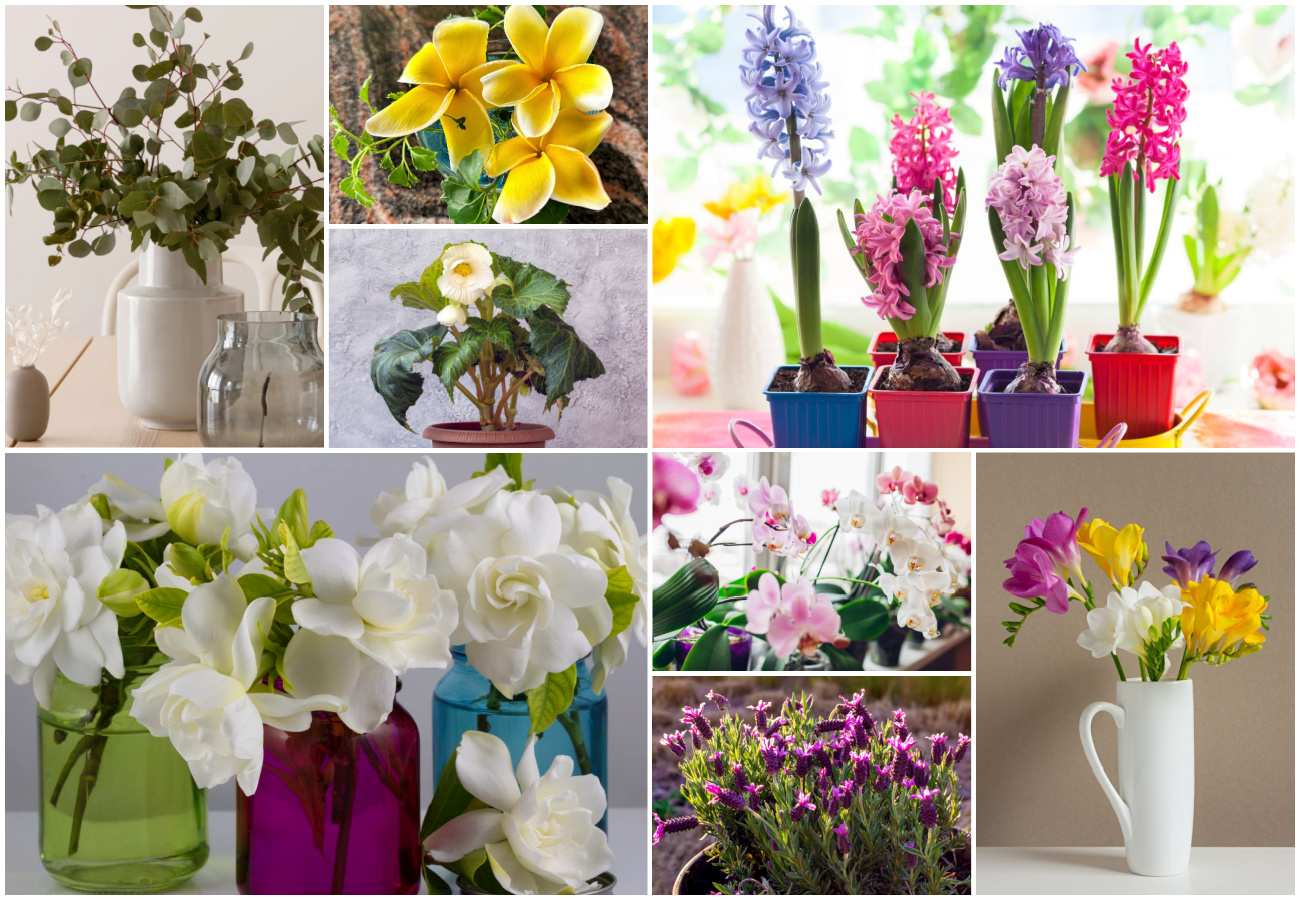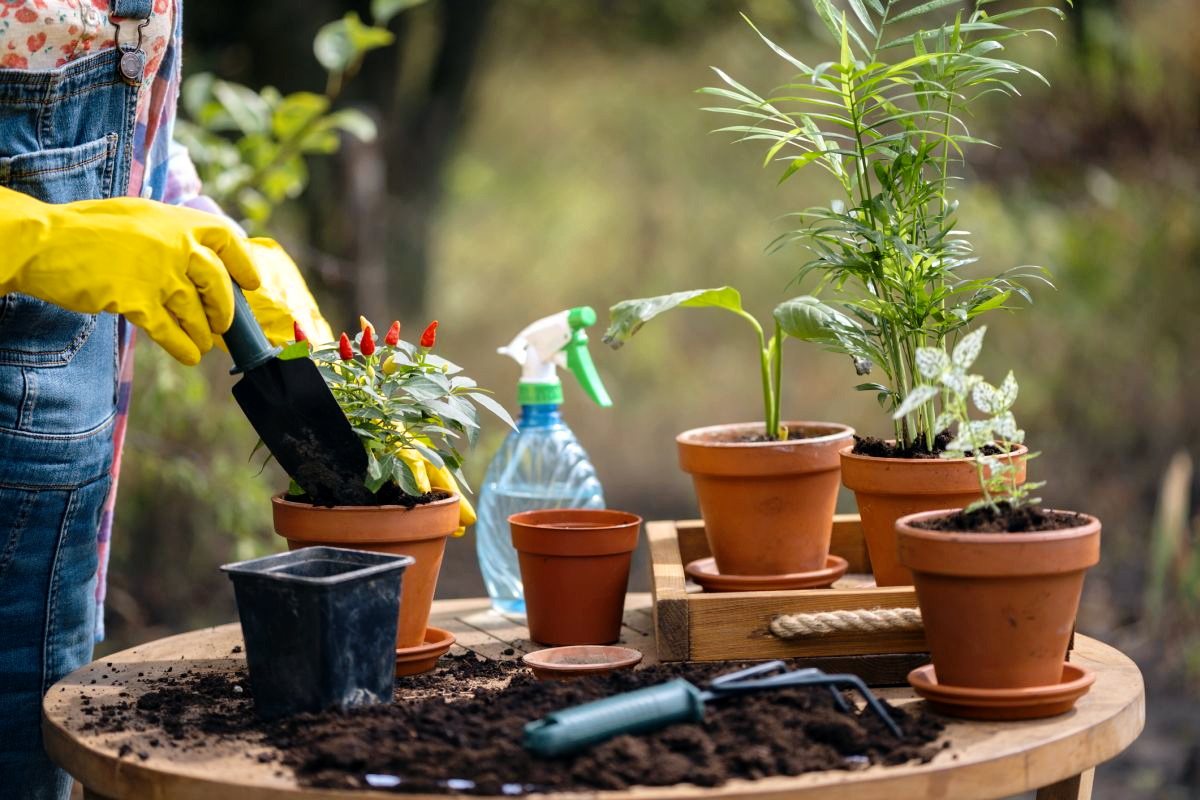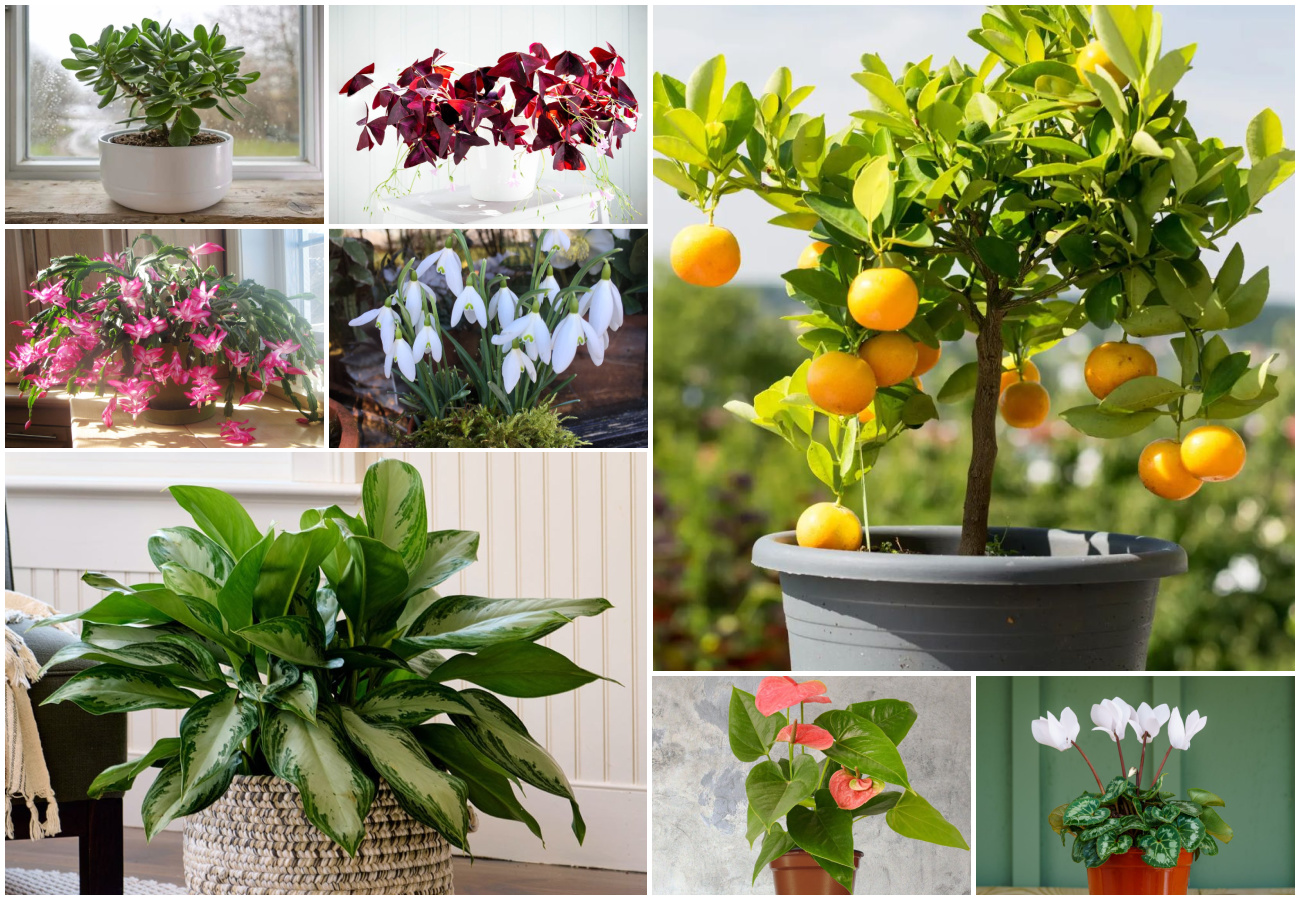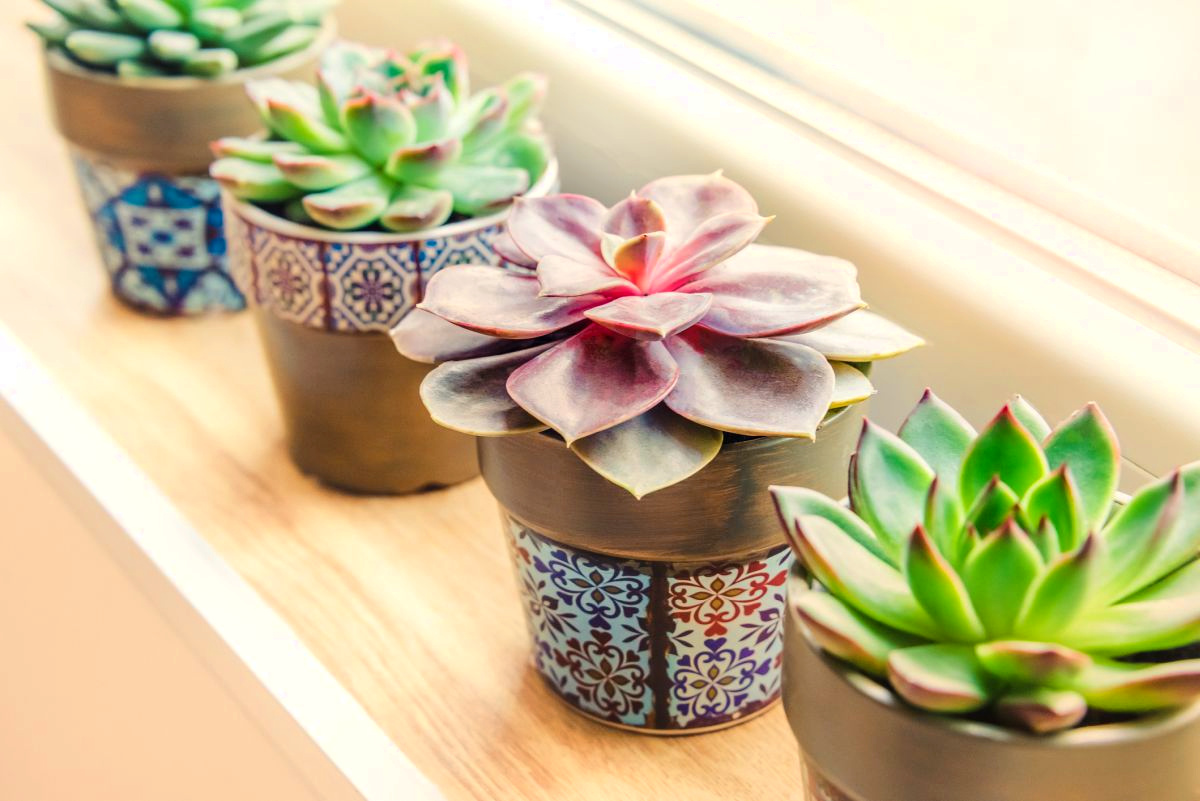The African Violet plant is a popular houseplant. This easy-care plant is prized for its unique foliage and eye-catching blooms. African Violets bloom several times a year, lending a splash of color indoors. No surprisingly, the plant is native to Africa.
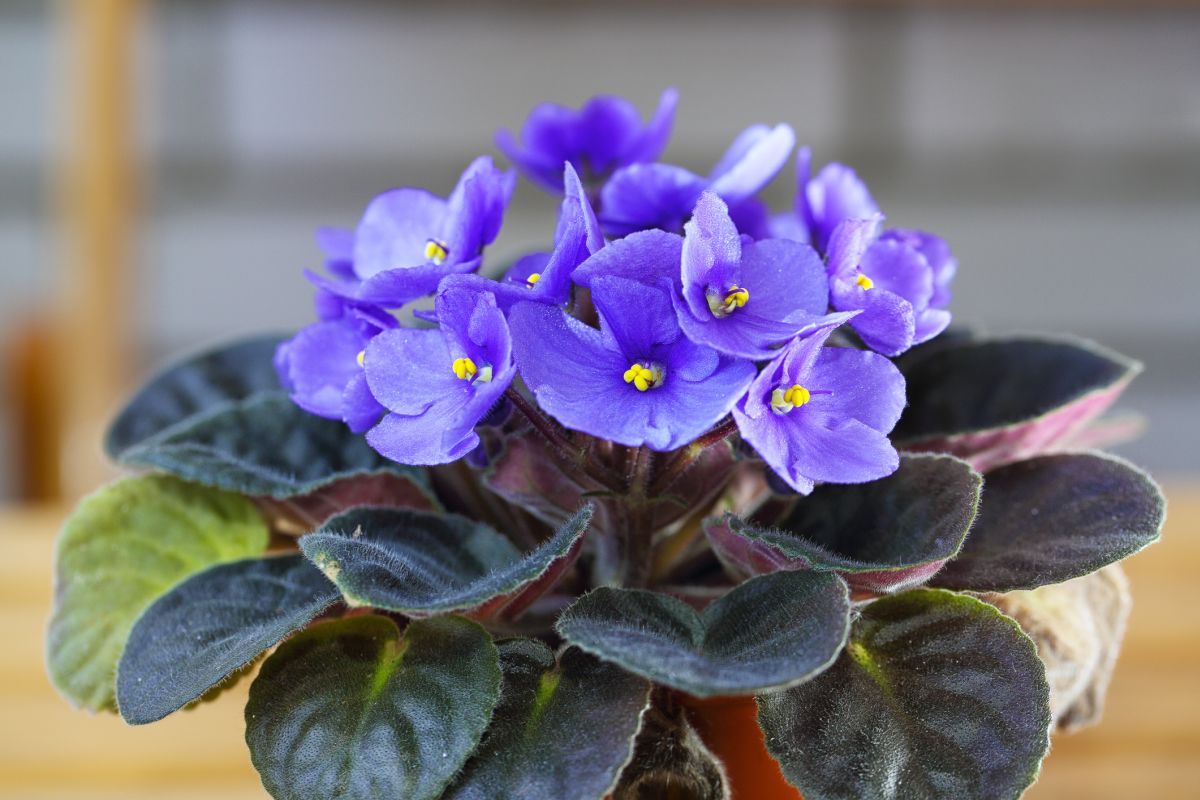
African Violet Appearance
The African Violet Plant is compact and low-growing. Depending on the variety, the plant’s leaves come in many different shapes and bloom color also varies. The foliage is thick and covered with fine hairs, giving the leaves a “fuzzy” appearance. Mature plants grow between six to nine inches tall and wide.
African Violet Lighting Requirements
Provide bright, indirect sunlight for optimal growth. The leaves should remain a deep green color. Foliage that turns lighter green is an indication of too much direct sunlight. Leggy plants indicate too little light. For low-lighting conditions, supplement with an LED grow light placed 12 to 15 inches above the plant.
Watering Your African Violet Plant
Keep soil moist, watering with warm water to avoid shocking the plant’s roots. Avoid letting water come into contact with the leaves of the plant and especially do not let water sit on the foliage if splashed. Don’t allow the plant to sit in water as it promotes root rot. Water until the moisture runs through the pot’s drainage holes, then dispose of any collected water.
Soil and Fertilizer
African Violet care requires growing the plant in a well-drained potting mix is essential for African violets. Use a standard potting soil amended with perlite for added drainage or use a specific African Violet soil mixture. Feed the plant once every two weeks with a specific African Violet fertilizer during the spring and summer growth months.
Temperature and Humidity Levels
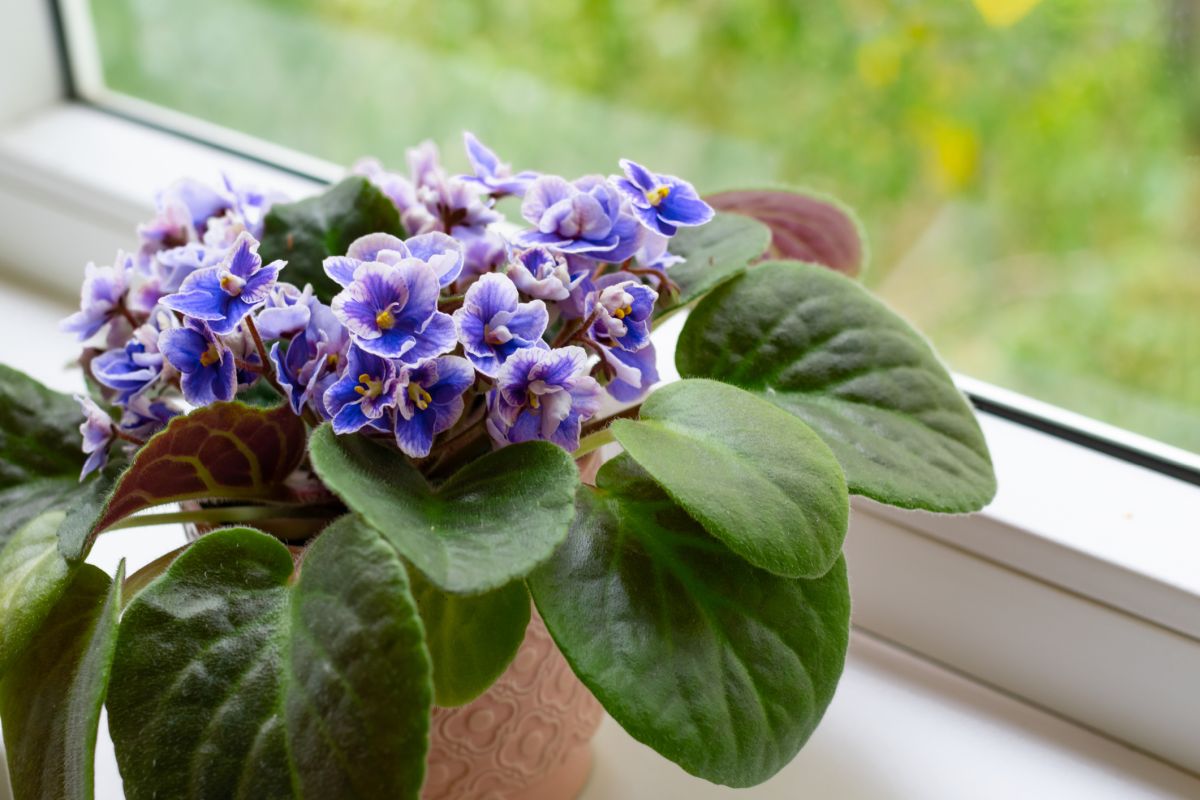
African Violet plants like warm environments. Provide temperatures around 70 degrees Fahrenheit (21 Celsius) or a little higher. Avoid temperatures below 60 F (15.5 C) and any cold drafts as both will damage the plant. These plants prefer high humidity. Place the plant in a bathroom or kitchen if possible.
Pruning the African Violet
Pruning your African Violet is straightforward. Only prune leaves that are unhealthy or damaged, and expired blooms. Deadheading old blooms redirects the plant’s energy into new blooms and foliage growth.
Propagation
Propagate the African Violet plant by taking a cutting from a mature, healthy plant. Snip a stem, cutting at a 45 degree angle. Place the stem in a pot filled with a mixture of vermiculite and peat. Moisten the soil and loosely cover the plant with a clear plastic baggie to retain moisture. Ensure the soil stays moist and in roughly 12 weeks the plant will have grown roots.
Common Pests and Diseases
Pests to watch for are spider mites, mealy bugs, and cyclamen mites. Often infestations are a result of overwatering the plant, which causes soil fungus that attracts the insects. Reduce waterings if the soil seems soggy. Control infestations by wiping insects away with a cotton swab dipped in rubbing alcohol. If the infestation is not solved, treat the entire plant with neem oil.
Crown rot and root rot are common with overwatered plants. Never let the soil become soggy and always dispose of water collected in the pot’s saucer. If rot is present, remove the plant from its pot and trim away any dark and mushy roots. Repot the plant in fresh soil in a clean pot.
The African Violet Plant is an easy indoor plant that always adds color and interest to a houseplant collection. The plant takes up little room and works well in the home or as an office plant.
African Violet Plant FAQ
African Violet Plants will grow outdoors in USDA zones 11 and 12.
Choose a pot that is small in size and just large enough to accommodate the plant’s current size. Large pots encourage overwatering, which leads to rot and unhealthy plants.
A lack of blooming is often due to not enough sunlight exposure. Ensure the plant receives several hours per day of indirect or filtered sunlight to encourage blooming.
Spot on leaves is often caused by water being splashed on the leaves and not wiped off.

